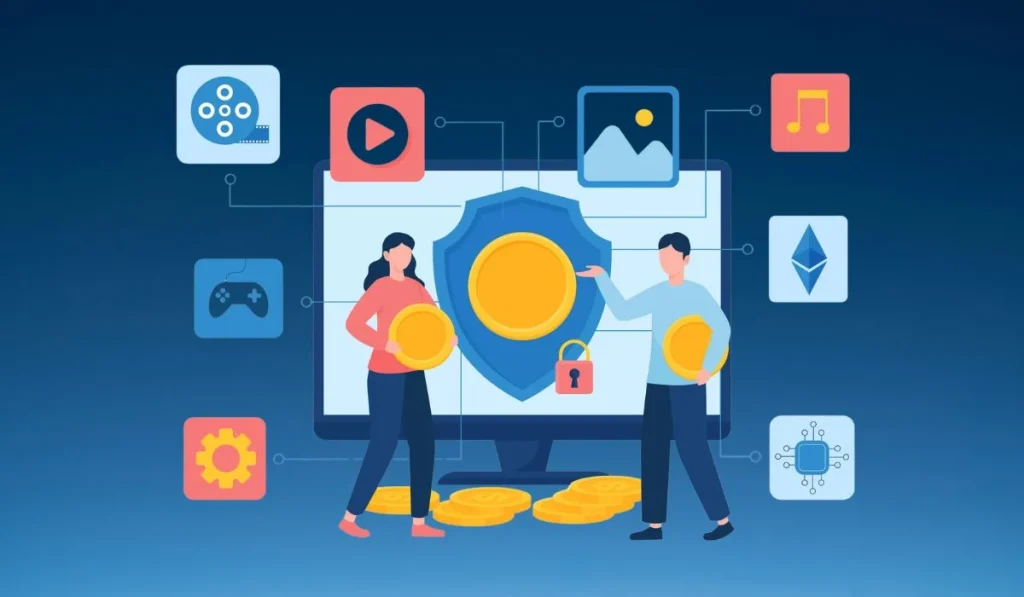In the present scenario, the rise of computerised technology has generated significant changes in the conduction of transactions and management of assets.
Historic and traditional assets like documents materials and securities have transformed into their digital counterparts commonly referred to as digital assets.
So, what exactly is a digital asset and how are they owned? In this article, let us have a glance at the workings of digital assets, examples, and why people own digital assets.
Why do people own them?
Here are some of the primary reasons why people hold digital assets:
- Financial Inclusion: Digital assets create a platform for financial inclusion, especially for those in regions with limited access to conventional banking services. They connect users all over the world and transfer funds securely without the need for intermediaries.
- Decentralisation: Control of digital assets allows individuals to take care of their finances without relying on centralised financial institutions. Ownership of digital assets means having private keys or wallets which can enhance financial control over your assets.
- Privacy and Anonymity: Digital assets offer a high level of privacy and anonymity in transactions. This proves beneficial to individuals who value financial privacy and wish to keep their financial activities secure.
- Tokenization of Resources: These enable the tokenization of physical assets allowing for partial ownership and enhanced financial condition. This would revolutionise real estate, art, and others making it more accessible to investors on a large scale.
Examples of Digital Assets
Digital assets help in projecting digital representations of physical assets. Some of them are:
Cryptocurrencies: These include Bitcoin, Ethereum, Solana, etc.
Digital Currency Tokens: These include coins like Tether (USDT), utility tokens like Binance coins (BNB), and security tokens.
Digital Music: Global streaming music services like Spotify, and digital music collections are included in this category.
Websites: Digital properties hosted on servers and accessed through web browsers.
Digital Photos and Videos: This includes images and videos captured and stored digitally.
Software audacity: Licensed for software programs which include games, productivity tools, and operation systems.
Digital Collectibles: Non-fungible tokens (NFTs) that constitute unique digital items like virtual trading cards, virtual real estate, and virtual pets.
Virtual Goods: The in-game items and currencies used in virtual worlds and online games.
Digital Contracts: These are smart contracts and legal documents that are stored and executed digitally using blockchain technology.
Domain Names: These are digital addresses used to access websites.
Conclusion
Digital assets comprise a wide range of intangible assets that exist in electronic configuration. These assets have ownership rights and are stored and exchanged using blockchain technology or distributed ledger systems. People own digital assets due to the benefits and opportunities presented by the digital world.
More Articles: Top 10 Countries With The Highest Crypto Users In World
